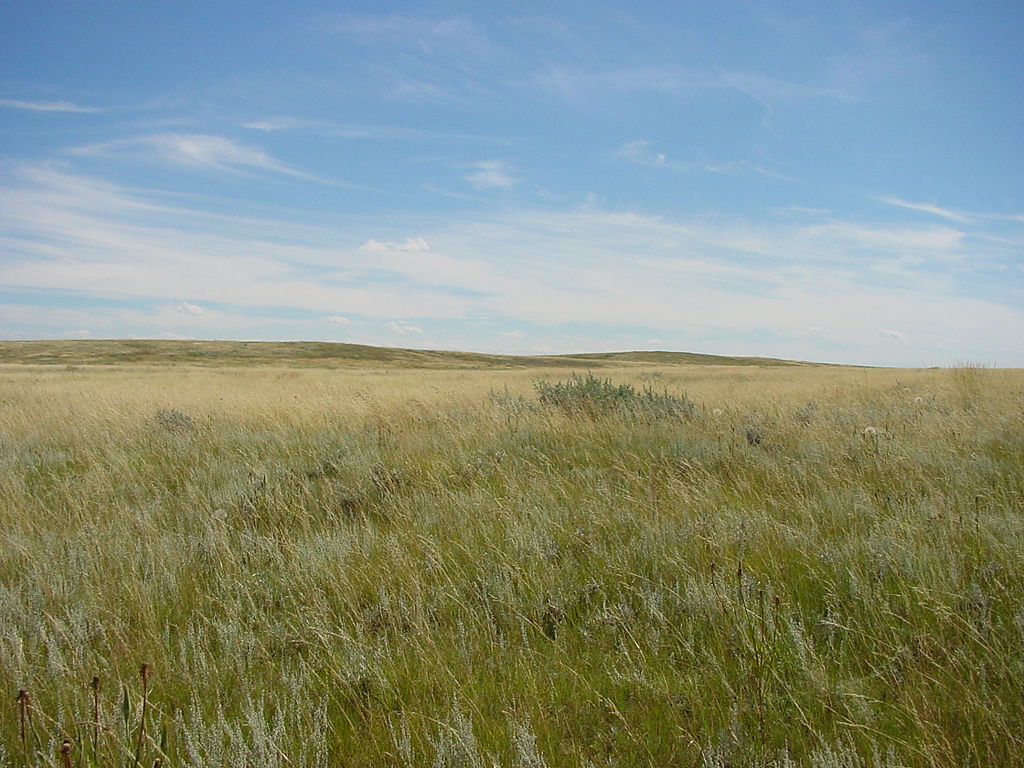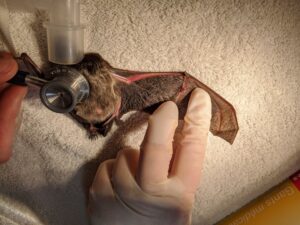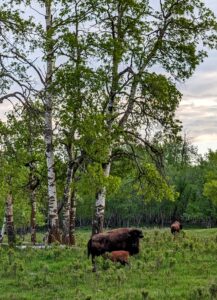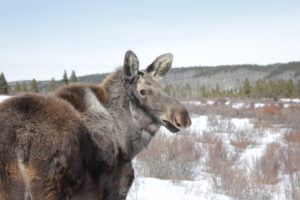By Julia Gaume
Habitat
Diet
Interesting Behaviour
Threats
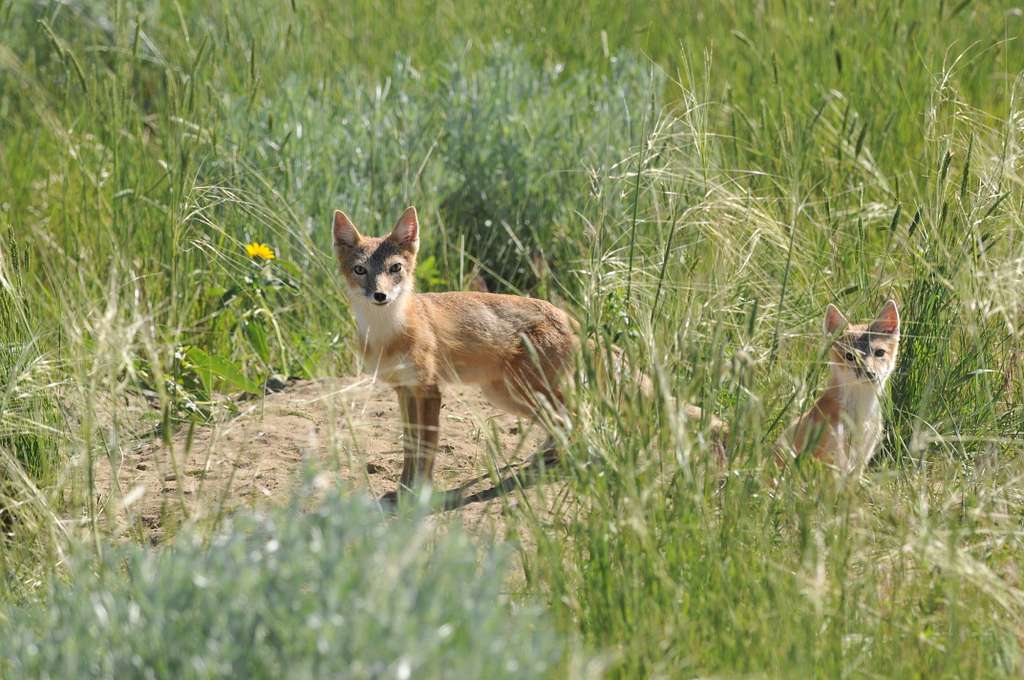
Conservation Status
Although they were once declared extinct in Canada, this species worked its way up and established a self-sustaining population in Alberta.2 The road to their reintroduction was not the typical pathway. To kickstart the reintroduction, a game farmer in Alberta released four swift foxes outside of his farm illegally.2 Thankfully, this effort was followed up with a formal reintroduction program, in which various organizations (federal and provincial governments, the University of Calgary, Calgary and Edmonton Valley Zoo, Cochrane Wildlife Reserve, etc.) came together and planned how to revive this species in Canada.2,7 A captive breeding program for release was created at the Calgary Zoo in the 1960s and in 1983, the Wildlife Reserve of Western Canada (now the Cochrane Ecological Institute) took over as the main source of captive bred and raised foxes.7
The species population of swift foxes has drastically changed over the decades. They were declared Extinct in Canada in the 1930s, downlisted to Endangered in April 1998 and then further downlisted to Threatened in 2009.4,6,7 In the most recent evaluation in Canada in 2021, the swift fox is still categorized as Threatened according to the Species at Risk Act.4,6,7 The most recent survey for Swift foxes in Canada was in the 2014/2015 years, which estimated 523 foxes across Alberta and Saskatchewan.4
Specifically in Alberta, the swift fox is listed as Endangered under the Alberta Wildlife Act.4 It is crucial to continue protecting and conserving the habitat in which the swift fox resides, to actively support and maintain their species population.
References
- Marsha Sovada, Robert Woodward and Lawrence Igl. “Historical Range, Current Distribution and Conservation Status of the Swift Fox, Vulpes velox, in North America.” The Canadian Field- Naturalist 123, no. 4 (October- December 2009): 346- 367. https://www.canadianfieldnaturalist.ca/index.php/cfn/article/view/1004/1008
- Lu Carbyn et al. “The Swift Fox: A Canadian Conservation Success Story.” Nature Alberta. (April 2021) https://naturealberta.ca/swift-fox/
- “Swift Fox.” Nature Conservancy Canada. https://www.natureconservancy.ca/en/what-we-do/resource-centre/featured-species/mammals/swift-fox.html
- “COSEWIC assessment and status report on the Swift Fox (Vulpes velox) in Canada.” Government of Canada. (April 2021) https://www.canada.ca/en/environment-climate-change/services/species-risk-public-registry/cosewic-assessments-status-reports/swift-fox-2021.html
- “Swift Fox Vulpes velox).” Wildlife Preservation Canada. https://wildlifepreservation.ca/species/swift-fox/
- Johane Janelle. “Swift Fox: Grasslands National Park.” Government of Canada: Parks Canada. (November 2022) https://parks.canada.ca/pn-np/sk/grasslands/nature/faune-wildlife/renard_veloce-swift_fox
- Ludwig Carbyn. “COSEWIC Assessment and Update Status Report on the Swift Fox (Vulpes velox) in Canada.” (May 2000) https://sararegistry.gc.ca/virtual_sara/files/cosewic/sr_swift_fox_e.pdf


